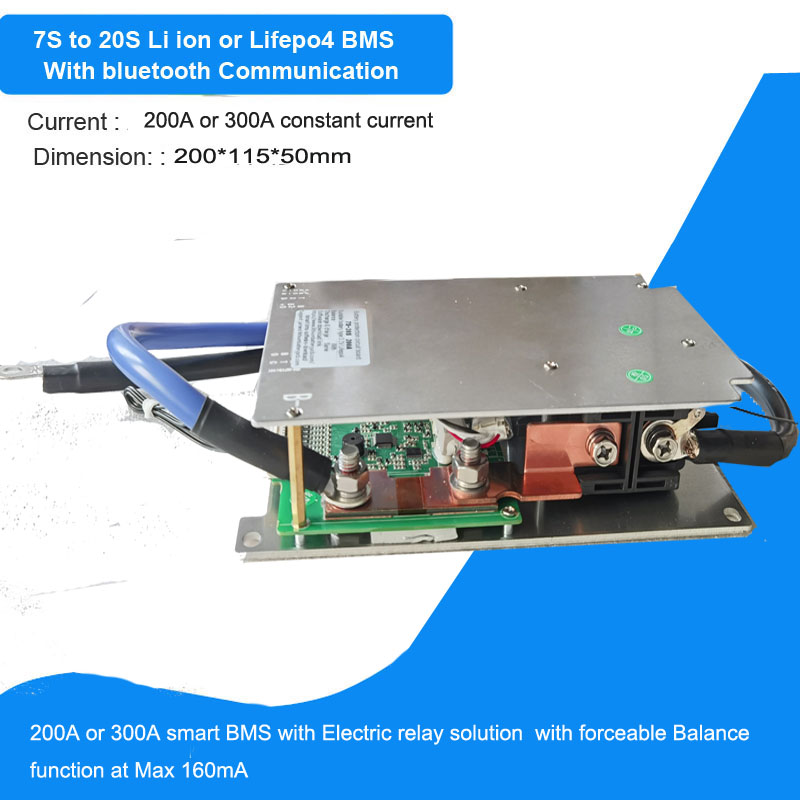Hello
I have 3 lifepo4 48v batteries and then 3 QUCC relay BMS.

 fr.aliexpress.com
fr.aliexpress.com
When charging and when a cell go upper than 3.65v the BMS opens the relay. That is OK. The app tells the protection in on. The charge button is off. Good too !
When the cells go back to an acceptable voltage, below release voltage, the app tells the protection is off, the charge button is on. OK. BUT the relay stays opened ! It does not close. It only closes when I reboot the BMS or when the charger send current (at least 20A I think).
So if the BMS disconnects the battery and then the charger stops the charge (because battery is full or sun disappeared) the battery will stay disconnected all night long even if it is quite full ! I will be connected only the next day when sun will make the charger deliver current again.
So of course this BMS is impossible to use in such circumstances with solar systems.
QUCC was no help at all. They just asked me to use standard lifepo4 parameters (what I did).
Am I the only on in this case ? I just lost 500 euros in this shitty BMSes.
I have 3 lifepo4 48v batteries and then 3 QUCC relay BMS.

129.5US $ 26% de réduction|Qucc – contacteur de relais BMS intelligent, 7S 8S 10S 12S 13S 14S 15S 16S 17S 20S 200A, li ion Lifepo4, 24V 36V 48V 60V 72V bluetooth App | AliExpress
Achetez malin, vivez mieux! Aliexpress.com
When charging and when a cell go upper than 3.65v the BMS opens the relay. That is OK. The app tells the protection in on. The charge button is off. Good too !
When the cells go back to an acceptable voltage, below release voltage, the app tells the protection is off, the charge button is on. OK. BUT the relay stays opened ! It does not close. It only closes when I reboot the BMS or when the charger send current (at least 20A I think).
So if the BMS disconnects the battery and then the charger stops the charge (because battery is full or sun disappeared) the battery will stay disconnected all night long even if it is quite full ! I will be connected only the next day when sun will make the charger deliver current again.
So of course this BMS is impossible to use in such circumstances with solar systems.
QUCC was no help at all. They just asked me to use standard lifepo4 parameters (what I did).
Am I the only on in this case ? I just lost 500 euros in this shitty BMSes.



